Liverpool is one of the most famous football clubs in the world, and its emblem has become a symbol not only for fans but for the entire football community.
Each element of this symbol has a deep meaning connected to the history of the city, the club and its values. Just like in the game at Slots 2 Win, where every spin has its own meaning and leads to a win, every symbol in the Liverpool emblem reflects an important aspect of the club’s identity. In this article, we will take a detailed look at how the Reds’ unique visual identity was formed, reveal the meaning of the symbols and the evolution of the emblem’s design from its inception to the present day.
The origins of the Liverpool emblem: historical context
The history of the Liverpool Football Club emblem is closely intertwined with the history of the city and its culture. The first official symbols appeared in the late 19th century, when the club was just beginning its journey in world football. Initially, the emblem was quite simple, without any complex images — just the club’s initials and some decorative elements.
In its early years, the club used symbols that reflected the maritime past of Liverpool, one of the most important ports in Great Britain. Maritime themes appeared on the players’ shirts and in the design of the club’s official documents.
Later, as the Reds grew in popularity, there was a growing need for a more unique and recognisable symbol that would emphasise the club’s status as one of the leaders in English and world football. Thus, the emblem began to acquire more complex artistic details and, later, symbolic meaning.
Symbols and their meaning in the emblem
It is important to note that every element of the Liverpool logo is not accidental — it has its own historical or cultural background. The main symbol is the legendary bird of Liverpool — the Liverpool Liverbird, which is a variation of the mythical phoenix.
The Liverbird — the heart of the emblem
The Liverbird first appeared in football symbolism in 1901. This mythical bird was chosen because of its unique historical connection to the city, as it has adorned the Liverpool City Council coat of arms since the Middle Ages. It symbolises rebirth, resilience and strength, which perfectly matches the spirit of the club.
The phrase ‘You’ll Never Walk Alone’
The phrase that became the team’s motto was also incorporated into the emblem in the early 1960s. It comes from the musical Carousel and was adopted by fans as a kind of anthem that emphasises the unity and support of the club.
Today, this inscription is one of the most recognisable elements of the brand.
Towers and port elements
Another key symbol in the design is the towers, which are reminiscent of the architecture of Liverpool’s port, one of the most important factors in the city’s development. They indicate the club’s strong connection to its home city and its industrial heritage.
Design evolution: from classic to modern
Over time, the Liverpool emblem has undergone numerous changes. Some transformations were minor, while others were radical. The main goal was to adapt the symbol to modern branding requirements while preserving tradition and recognisability.
Early versions of the emblem
The first versions were simple, almost heraldic. The club’s initials were located in the centre, surrounded by minimalist frames and ornaments. These emblems were used on documents, uniforms and official sports equipment.
Reforms of the 1950s–1970s
In the period after World War II, the club sought to strengthen its brand. The first Liverbird was added, along with a motto. The designers paid great attention to detail, trying to make the emblem more symbolic and unique.
Modern version
The last redesign of the emblem took place in 1993.
At that time, the port towers and two fiery torches were added to the sides, symbolising the memory of the victims of the Hillsborough tragedy. This modernisation helped strengthen the bond with the fans and emphasise the club’s history and values.
The influence of the emblem on the club’s identity
The Liverpool emblem is not just a symbol on shirts or official merchandise. It shapes the club’s unique identity, helping fans feel part of a larger community. This symbol is often a source of inspiration for fans and players alike.
Psychological effect
The colour, shape and symbols on the emblem create a strong emotional connection with the club. The bright red colour is associated with passion and struggle, while the mythical bird symbolises immortality and rebirth. These images support the spirit of victory and resilience.
Cultural aspect
The emblem serves as a bridge between generations of fans. Its recognition extends far beyond the world of football, becoming a cultural phenomenon that symbolises Liverpool’s history as a city of workers, sailors and athletes.
Use of the emblem in marketing and merchandising
The club’s logo is widely used for commercial purposes, from player uniforms to souvenir products. This not only promotes the brand’s popularity but also generates significant revenue necessary for the team’s development.
Use in fan merchandise
T-shirts, scarves, caps and mugs bearing the Liverpool emblem are in high demand among fans around the world. The presence of a unique and recognisable symbol reinforces fans’ desire to support their team and show it publicly.
Marketing campaigns
Modern advertising campaigns often focus on the emblem, using it as a key visual element. This helps to create a recognisable image of the club in the minds of consumers and fans, as well as attracting new supporters.
Conclusions and significance of the emblem for the club and the city
The Liverpool emblem is not just a picture. It is a visual story that tells about the past and present of the team, the city, its people and values. It unites millions of people around the world around a common idea, creating a sense of pride and belonging.
The modern design of the emblem harmoniously combines tradition and innovation, making it a symbol not only of sporting glory but also of Liverpool’s cultural heritage. With each passing year, the emblem becomes more recognisable, emphasising the greatness and uniqueness of the club.
Key points to remember about the Liverpool emblem:
- The mythical Liverbird symbolises rebirth and strength.
- The motto ‘You’ll Never Walk Alone’ reflects the unity of the fans.
- Architectural motifs of the port city emphasise its historical connection.
- The 1993 redesign introduced a memorial to the Hillsborough tragedy.
- The symbol is used in marketing and merchandising, strengthening the brand.
- The emblem is not just an image, but a cultural phenomenon and a symbol of pride.
How Liverpool celebrates victories: club traditions
The victories of Liverpool Football Club are not just sporting achievements, but real celebrations for the players, fans and the whole city. The Reds’ supporters and the club itself have a rich tradition of celebrating their triumphs, which emphasises the uniqueness of this legendary team. In this article, we will look at the main customs, rituals and ways of celebrating success that have been upheld for decades and have become part of Liverpool’s culture.
Traditional celebrations after victories
When Liverpool wins an important victory, emotions overwhelm not only the team but also the entire football community of the city. Official and informal celebrations always take place with a large number of fans supporting their favourites.
The celebrations often begin immediately after the final whistle, with players raising their arms, hugging each other and sharing their joy on the pitch. They then go to the stands to greet the fans. It is important for the club to maintain this lively contact with the fans, which strengthens the sense of community.
After matches, there are sometimes ceremonial marches through the streets of the city, with thousands of people coming out to support the team. These are colourful, emotional events that will be remembered for a lifetime.
The motto ‘You’ll Never Walk Alone’ is a symbol of unity during celebrations
One of the most powerful traditions is the joint performance of the club anthem, ‘You’ll Never Walk Alone.’ This song is an integral part of the celebrations and is performed both inside and outside the stadium.
The role of the song in moments of joy
The song lifts the spirits and intensifies the emotions of joy, uniting fans and players in a single burst of emotion. It emphasises that regardless of the results, the team and the fans never leave each other alone.
Singing the anthem at Anfield
At Liverpool’s home games, the anthem is played before the match, and after victories, it is sung especially loudly and enthusiastically. It is a real show, where every voice echoes as a confirmation of pride and support.
Traditions in the club dressing room
There are also customs within the team. After victories, the players usually gather together for a celebration, which includes mandatory toasts, hugs and friendly banter.
Rituals during trophy celebrations
- Raising the cup in front of the cameras and fans.
- Mutual pouring of champagne or other drinks.
- Group photos and short speeches by the captain or coach.
- Presentation of medals and other awards.
Moments like these help to maintain the fighting spirit and unity of the team.
Holidays in history: the most memorable moments
Liverpool has experienced many remarkable victories, accompanied by large-scale celebrations. For example:
- The 2005 Champions League triumph, which became legendary due to an incredible comeback in the final.
- The 2020 Premier League title, which ended a 30-year wait.
These events will forever remain in the memory of not only the club but also all the fans.
The impact of celebrations on the spirit of the team and the city
Victory celebrations are of great importance for shaping team spirit and maintaining enthusiasm in the city. They strengthen the bond between players and fans and provide motivation for future success.
Celebratory rituals not only help players relax after difficult matches, but also bring the team together and preserve its values and traditions.
Conclusion
In summary, the celebrations of Liverpool Football Club’s victories and the history of its emblem are closely intertwined with deep traditions, symbolism and the club’s unrivalled spirit. The emblem, which reflects the unique heritage of the Reds, has become not just a sign of identity, but a real talisman for the team and its fans. At the same time, the traditions of celebrating significant triumphs demonstrate the strength of unity between the players and fans, emphasising that each victory is a shared success that is celebrated with great respect and pride. Together, the history of symbols and festive rituals create a unique atmosphere that makes Liverpool one of the most respected and beloved football clubs in the world.




